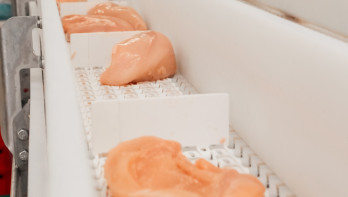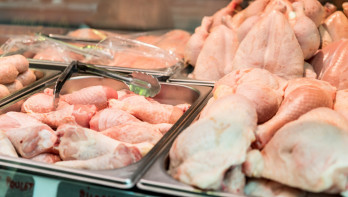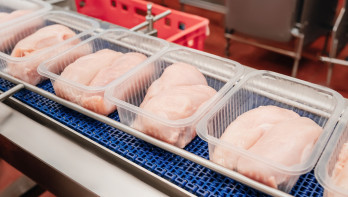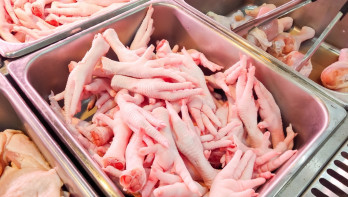Analysis Chicken & Poultry meat
Poultry meat market maintains strong position
The poultry meat market is still in very calm waters. Since 2006, the broiler price has not remained stable for so long. This is largely due to high prices on the world market. Especially Brazil has not yet recovered from bird flu. In the United States, production is growing again, which could be a prelude to global recovery.
Stability is not uncommon in the poultry meat market, but at the moment prices remain constant for a very long time. The broiler price remains the same for the thirteenth week in a row. The price level is still €1.15 per kilo.
Thus, the broiler price has the longest stable period since at least 2006; data from before that time is difficult to trace. Although the broiler price has now remained stable for a very long time, a constant price in the broiler market is not uncommon. A long stable period in the poultry market is quite normal now. In 2006, the quotation remained unchanged for as many as twelve weeks in a row. In 2023, there was also a stable period of eleven weeks.
Supply and demand both stable
In the Netherlands, there is actually very little happening. The demand for poultry meat remains extremely strong. Inflation in recent years remains a significant factor. Consumers are still not accustomed to the higher prices in the supermarket, which often leads to cautious spending. As a result, the demand for especially common chicken at butchers and poultry shops remains high.
Also on the supply side of the market, there is little change. Last week, the lowest Polish prices were approaching the North European ones, with a difference of only 2 cents, but prices have since risen again. The Polish broiler prices, ranging between 5.40 zloty (€1.26) and 5.53 zloty (€1.29), are significantly higher than the Dutch prices.
World market price higher
The Brazilian broiler price is also significantly higher than the Dutch price. This somewhat atypical situation is slowly becoming familiar. Normally, European chicken is much more expensive than chicken on the world market, due to very high animal welfare and environmental requirements. However, bird flu caused a stir at the beginning of the year, leading to European market prices being below world market prices since the beginning of the year. The market has not yet recovered from this. There was a moment when the decline in prices in Brazil seemed to have started. Between August 14 and August 21, the broiler price dropped from 7.43 real (€1.20) to 7.2 real (€1.16). However, a considerable correction quickly took place again. By August 28, the Brazilian broiler price was back at a level of 7.37 real (€1.19).
In the United States, the recovery is clearly underway. In July 2024, the American slaughter rate was 8% higher than the previous year. Meat production even increased by 9% to 1.87 million tons. The U.S. Department of Agriculture (USDA) expects the growth to continue in the coming years. The ministry estimates that poultry meat production will increase from 20.7 million tons in 2022 to 23.8 million tons in 2033. This is an increase of 14.9%. The USDA expects that the higher supply on the world market will be noticed. The United States is the world's second largest poultry meat exporter after Brazil. A significant portion of the additional supply will, in other words, be placed on the world market.




